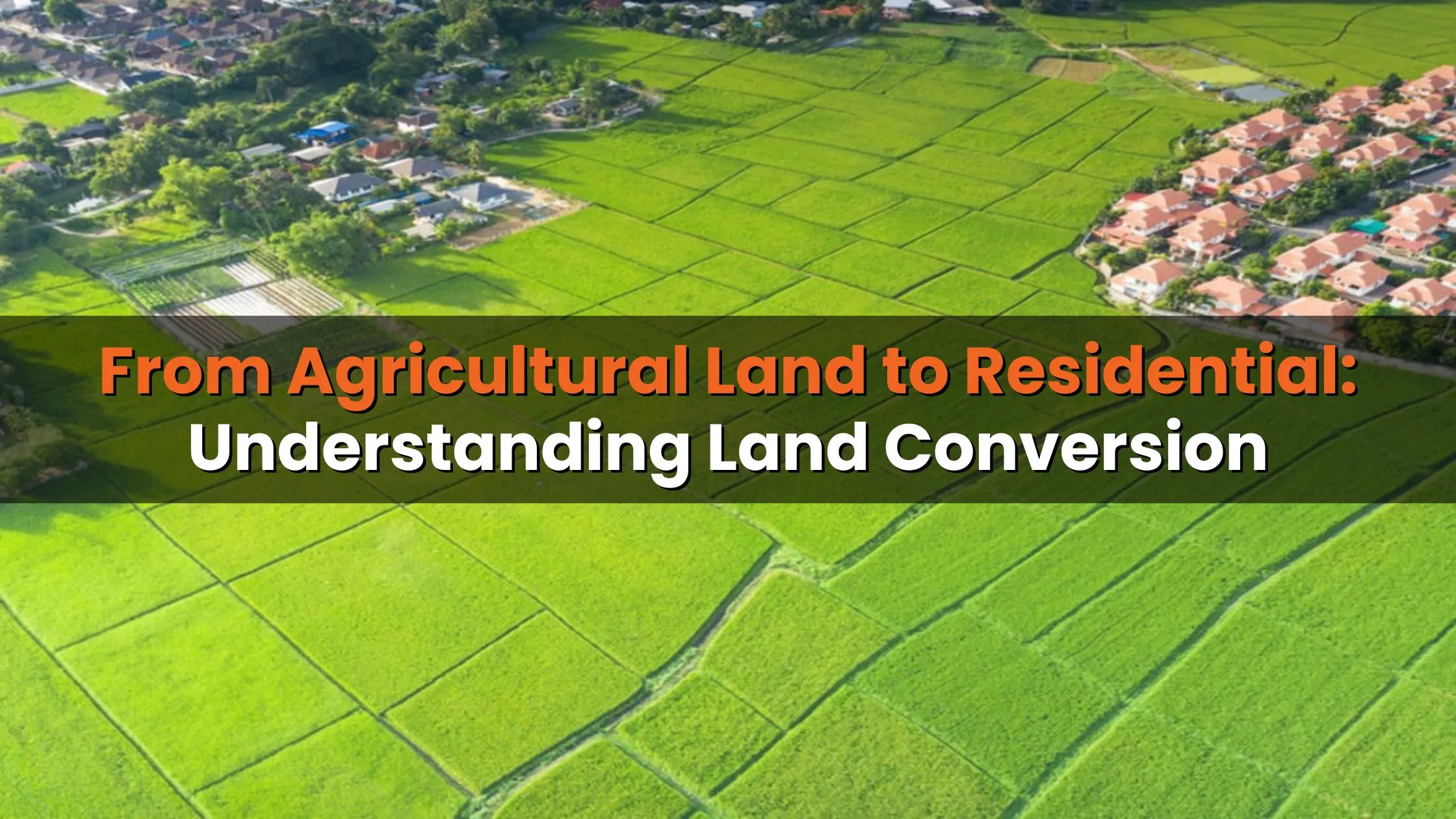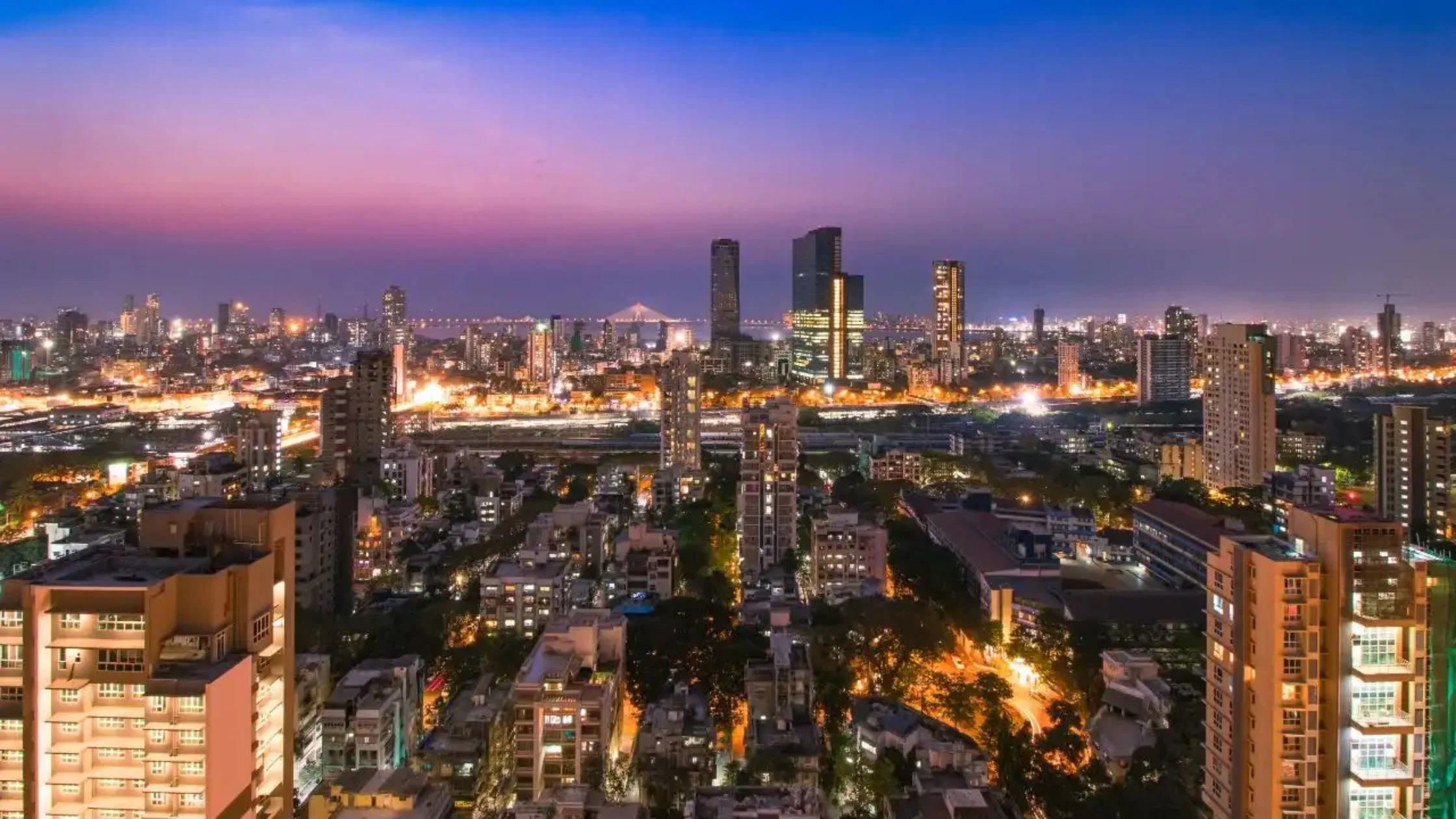Table of Content
India’s rapid urban expansion has led to the transformation of vast agricultural stretches into residential, commercial, and industrial zones. This shift, known as the Conversion of Agricultural Land to Residential, has become increasingly common in recent years thanks to relaxed state laws and rising demand for housing.
In the past, using fertile farmland for housing was strictly prohibited to protect agriculture. However, as cities expanded and the need for urban housing intensified, several state governments revised their policies, creating a legal framework that allows such conversions under certain conditions. While the process is now more streamlined, it still involves legal checks, specific approvals, and detailed documentation.
Legal Evolution and Policy Shifts
Agricultural land was traditionally safeguarded for crop cultivation and rural livelihood. Over time, economic growth and population pressure encouraged governments to open avenues for its conversion.
Notable examples include:
- Uttar Pradesh – In 2014, amendments to Section 143 of the Zamindari Abolition and Land Reforms Act allowed certain categories of farmland to be used for residential projects.
- Karnataka – The 2022 change to Section 95 of the Karnataka Land Revenue Act introduced a fast-track system, enabling approvals within three days through self-declaration.
Despite these changes, many states still prefer that only dry or uncultivable land be converted, and only in zones deemed fit for human settlement.
Also Read: Delhi NCR, Bengaluru Lead Housing Price Surge; 1BHK Demand Rises Amid Affordability
State-Specific Rules and Approving Authorities
The process for Conversion of Agricultural Land to Residential varies depending on the state and plot size. You may need to approach local revenue offices, planning bodies, or higher authorities.
Examples:
- Rajasthan:
- Up to 2,500 sq. m. – Approval by the tehsildar
- 2,500–10,000 sq. m. – Permission from the subdivisional officer
- Above 10,000 sq. m. – Approval from the collector or state government
- Odisha: Tehsildar or sub-collector under the Odisha Land Reforms Act.
- Karnataka: Commissioner of the Land Revenue Department.
- Andhra Pradesh: Tehsildars or divisional revenue officers.
- Delhi: Delhi Development Authority (DDA).
Many states, such as Karnataka, West Bengal, and Andhra Pradesh, have introduced online application portals to simplify the process.
Required Documentation
To successfully convert farmland into residential property, you must present a set of mandatory documents, which usually include:
- Identity proof of the landowner
- Record of rights, tenancy, and crop details
- Sale deed, mutation deed, or inheritance documents
- Nil-encumbrance certificate (NEC)
- NOC from the local municipal body or gram panchayat
- Land ownership proof such as the 7/12 extract
- Survey maps and land utilisation plan
- Payment receipts for land revenue
- Project report for larger developments
- Water availability certificate
Most of these can be acquired from the local revenue department.
Applying for Conversion
Applications can be filed either offline or online, depending on the state’s provisions.
Offline: Submit the application form along with documents to the designated revenue or planning authority.
Online portals:
- West Bengal: banglarbhumi.gov.in
- Karnataka: Bhoomi portal (landrecords.karnataka.gov.in)
- Andhra Pradesh: Dharani portal (dharani.ap.gov.in)
Key Considerations Before Conversion
Before starting the Conversion of Agricultural Land to Residential, remember:
- Ensure the title is clear and all co-owners provide consent.
- The land should be free from disputes, unpaid dues, or mortgages.
- Applications have deadlines missing them means starting over.
- NRIs can only purchase agricultural land after it has been legally converted.
- Keep your fee payment receipt safe, as it acts as proof of conversion.
- Using the land for any unapproved purpose can lead to penalties.
Also Read: Section 54: Can a Wife Claim Tax Exemption on Selling Gifted Property?
Charges and Fees
Conversion fees differ significantly by state:
- Rajasthan: ₹1–₹4 per sq. m., depending on size and location.
- Maharashtra: 50% of the ready reckoner land value.
- Haryana: ₹10 per sq. m.
- Bihar: 10% of the property value.
- Delhi: ₹14,000–₹25,000 per sq. m., plus FAR charges of ₹3,000–₹8,000 in some industrial zones.
Tax Implications
Changing the land’s usage category can impact your taxes:
- Capital Gains Tax – Applicable when selling the converted land, depending on whether it qualifies as short-term or long-term capital gains.
- Conversion & Betterment Tax – Paid to local bodies for infrastructure development.
- Loss of Agricultural Tax Benefits – Once converted, agricultural exemptions no longer apply.
- Higher Property Tax & GST – May be applicable if the land is developed or commercialised.
Conclusion
The Conversion of Agricultural Land to Residential is a legally sanctioned but carefully regulated process that varies by state. It requires clear title verification, correct documentation, payment of applicable fees, and compliance with zoning and land-use laws.
By conducting thorough research, consulting legal experts, and following state-specific guidelines, landowners can successfully navigate the process while staying compliant with all legal requirements.
Follow AquireAcers Whatsapp Channel to Stay Updated With The Latest Real Estate News







_1767683336.webp)




Ans 1. It is the legal process of changing the land-use category from agricultural to residential, allowing it to be used for housing projects.
Ans 2. Yes, most states allow it under specific conditions, with required approvals from designated authorities.
Ans 3. States like Karnataka, West Bengal, and Andhra Pradesh have introduced online portals, and Karnataka even offers a fast-track approval within three days.
Ans 4. Approval depends on the state and land size authorities range from tehsildars to collectors, or state-level bodies like the Delhi Development Authority (DDA).
Ans 5. Common requirements include land ownership proof, sale deed, nil-encumbrance certificate, NOC from local authorities, survey maps, and payment receipts.
Ans 6. NRIs can only purchase agricultural land after it has been legally converted to non-agricultural use.
Ans 7. Charges vary by state, for example, ₹1–₹4 per sq. m. in Rajasthan, 50% of the ready reckoner value in Maharashtra, and ₹10 per sq. m. in Haryana.
Ans 8. You may face capital gains tax on sale, betterment tax, loss of agricultural tax benefits, and higher property tax or GST if developed.
Ans 9. Ensure the land title is clear, all co-owners consent, the land is dispute-free, and fees are paid within deadlines.
Ans 10. It can lead to penalties, cancellation of approvals, and legal action.